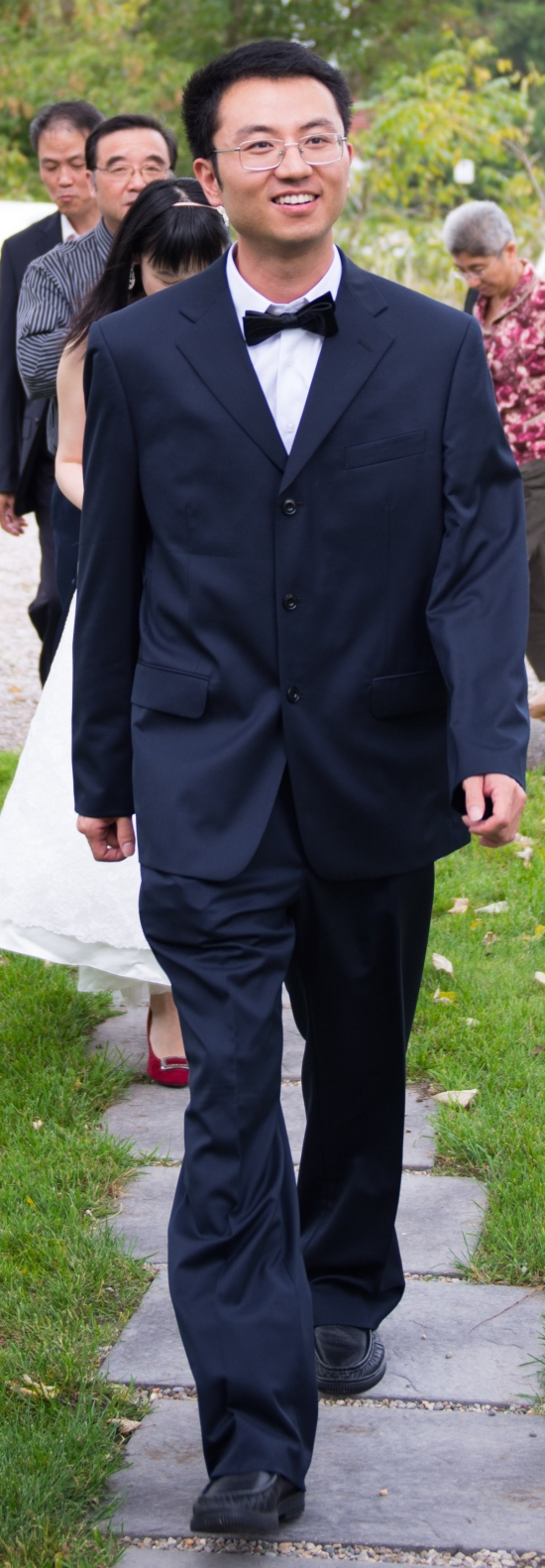Dissertation Defense
Small Molecule Heterojunction Solar Cells Employing Mixed Donor-Acceptor Active Regions and Buffer Layers
Add to Google Calendar

Organic photovoltaic (OPV) cells are considered as a promising candidate for renewable energy sources of the next generation due to their advantages of low cost, light weight and mechanical flexibilities. Small molecule OPV cells are of particular interest owing to their ultra-high material purity, ease of process and minimal batch-to-batch variation. Considerable effort has been devoted to the development of new materials and architectures for high performance small molecule OPV cells leading to tremendous progress in this field. This dissertation targets on the development and understanding of high efficiency and large area small molecule OPV cells with mixed donor-acceptor heterojunctions (HJ) and buffer layers.
The first part of this thesis focuses on a mixed HJ OPV cell employing tetraphenyldibenzoperiflanthene (DBP) and C70 as donor and acceptor. We systematically analyze the loss mechanisms of the DBP:C70 mixed HJ and propose strategies accordingly to reduce these losses and, therefore, improve the device performance. The first loss is exciton quenching at the MoO3/organic interface which was previously considered as an exciton blocking interface. A hybrid planar-mixed heterojunction (PM-HJ) structure, consisting a neat acceptor layer on top of donor/acceptor mixture, is employed to reduce the optical power distribution and suppress the exciton quenching at the interface, leading to an increase in the short-circuit current density (JSC) and power conversion efficiency (PCE). Further, an exciton blocking/electron conducting buffer comprised of wide energy gap molecules and C60 is implemented to suppress the bimolecular recombination and exciton-polaron quenching in the DBP:C70 PM-HJ, resulting in a significant improvement on the fill factor (FF) and PCE. The optimized DBP:C70 PM-HJ cell achieves PCE = 8.1 ± 0.4 % under simulated AM 1.5G illumination at one sun intensity.
In the second part of this thesis, we use DBP:C70 PM-HJ and mixed buffer as building blocks for a variety of applications. We employ DBP:C70 mixed HJ as a blue-green absorbing sub-cell in the tandem structures paired with various near infrared (NIR)-absorbing sub-cells. A solution-processed blended functionalized squaraine (fSQ)/C70 bilayer HJ is employed as a NIR-absorbing sub-cell. To further enhance the absorption in NIR, we use a vacuum-deposited DTDCTB:C60 PM-HJ in the tandem, leading to a PCE = 10.0 ± 0.2%. Furthermore, we develop triple and four-junction OPV cells to enable the photon harvesting at the second order interference maxima, resulting in a significant improvement in EQE and PCE. In addition, we develop inverted semitransparent OPV cells using both mixed and PM-HJ structures. The PM-HJ cell exhibits improved charge collection and reduced series resistance, leading to a PCE = 3.9 ± 0.2 % with an average transmission of = 51 ± 2% across the visible. We further demonstrate a semitransparent tandem cell incorporating two sub-cells with different absorption spectra resulting in a PCE = 5.3 ± 0.3% with = 31 ± 1% across the visible.
Finally, we study the scalability of single and multi-junction OPV cells. We find that multi-junction OPV cells exhibit reduced loss in PCE compared to single junction cells for large area devices due to the lower current and higher voltage during operation. We further fabricate organic solar modules consisting of 25, 1 cm2 discrete multi-junction cells connected in a series-parallel circuit configuration. The module achieves a yield of 100% along with a deviation of PCE from cell to cell of <10%.
 MENU
MENU 
